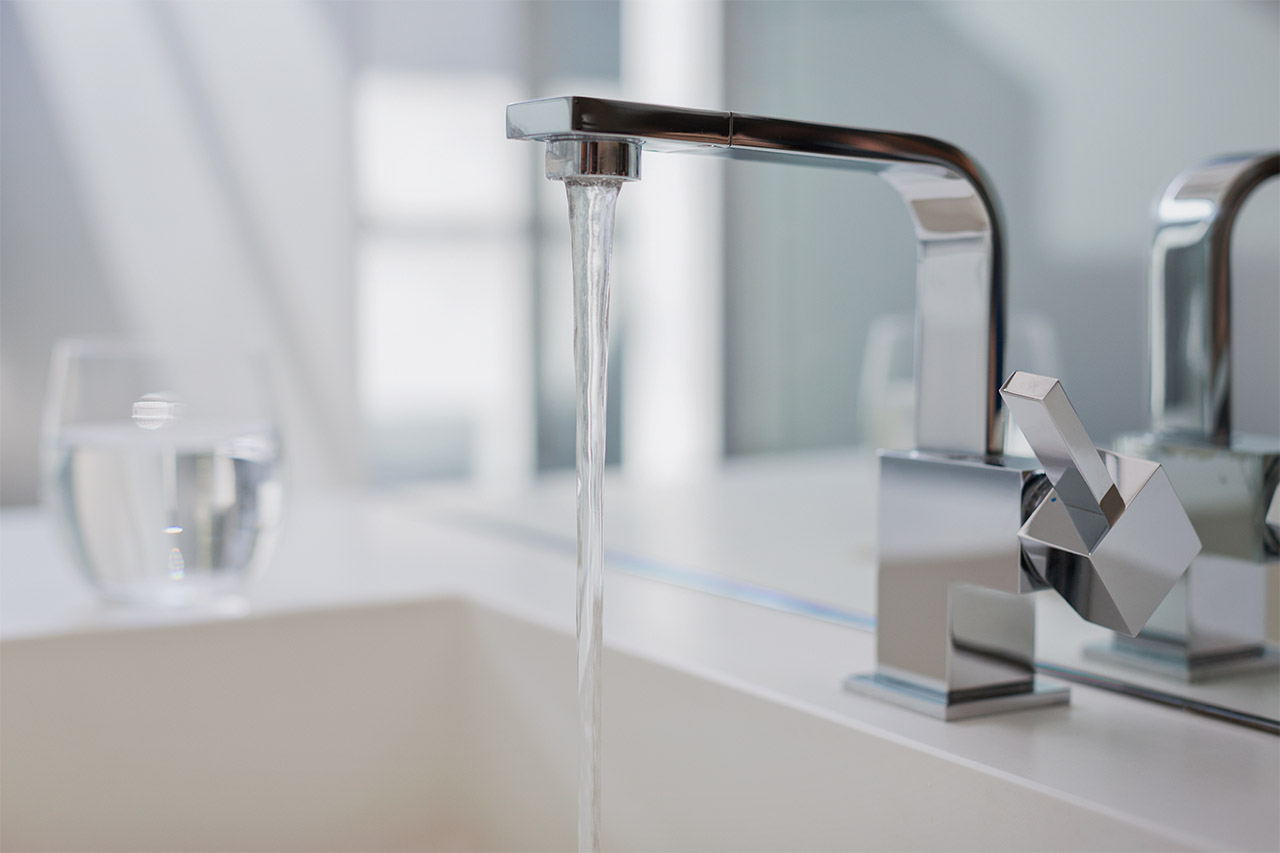
Tankless water heater repair costs vary depending on labor rates, the type of repair, your local rates, and other factors.



From average costs to expert advice, get all the answers you need to get your job done.

Tankless water heater repair costs vary depending on labor rates, the type of repair, your local rates, and other factors.

Discover what impacts the cost of replacing a home plumbing stack, from materials and labor to DIY vs. professional installation considerations.

HomeAdvisor’s Bathtub Faucet Repair or Replacement Cost Guide explains how much tub faucets cost. Find out what factors affect the final price.

Understand sump pump repair cost factors, such as submersible vs. pedestal pumps, the type of repair or faulty part, and more with our cost guide.

Read more about the average price to replace a bathtub with a walk-in shower. Explore average costs to remove a tub and install a new shower stall.

Use our tankless water heater cost guide to learn how much installing one will cost. Plan your budget based on the flow rate (GPM), fuel source, and more.